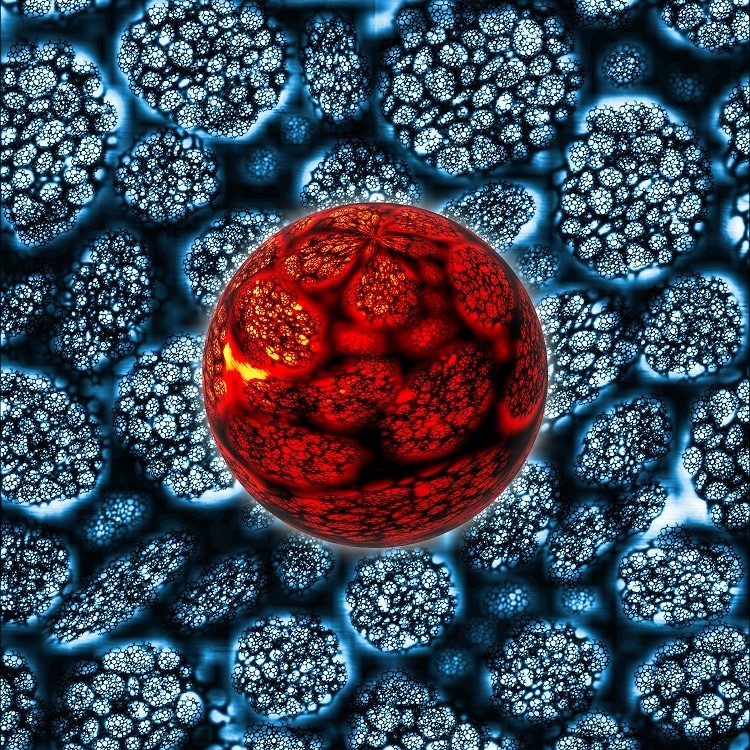
What are Nanogels?
Like any other nanomaterial, nanogels are within the nanoscale size range of 1 nanometer (nm) to 1000 nm. These three-dimensional hydrogel materials are formed by crosslinking swellable naturally-occurring and/or synthetic polymer networks.
Nanogels are associated with a variety of useful properties including small size, porosity, amphiphilicity, softness and high degradability, each of which can be precisely controlled to meet a specific application’s needs. In addition, nanogels can also be engineered to have either a core-shell or core-shell-corona structure, as well as comprise nanoparticles of spherical or various other shape types.
Smart Drug Delivery Systems
Nanogels are both hydrophilic and highly biocompatible materials that have the ability to protect encapsulated molecules from degradation and elimination in harsh environments, such as that which exists in the acidic interior of the stomach. Nanogels are advantageous drug delivery systems as a result of their capacity to actively participate in the delivery process by providing a controlled release of the substance at the target tissue.
Nanogels are capable of incorporating a biological molecule or drug to constitute 30% of their weight, which they do through electrostatic, van der Waals, hydrophobic interactions and/or covalent bonding of the substance with the nanogel’s polymer chains. Once ingested, the nanogel collapses to expose a surface of purely hydrophilic polymer chains that provide a protective and stable layer around the dispersed nanoparticles.
Recent developments in this area have successfully incorporated various small therapeutic molecules into nanogels, some of which include negatively charged biologically active compounds like retinoic acid, indomethacin and valproic acid, nucleoside analog 5’-triphosphates, poorly water-soluble drugs and much more. The incorporation of therapeutic oligonucleotides like antisense oligodeoxynucleotides (ODNs), small interfering RNAs (siRNAs) and micro RNAs (miRNAs) into nanogels has also emerged as potential treatment options for cancer, neurodegenerative disorders and life-threatening viruses.
Nanogels for Diagnostics and Imaging
Nanogels are considered to be ‘smart materials’ as a result of their stimuli-responsive behavior, which means that these substances exhibit a faster response time to various stimuli such as light, pH, ionic strength, temperature and magnetic fields when exposed to different environments. This specific characteristic allows nanogels to be ideal agents for medical diagnostic devices, bio-sensing and bio-imaging tools, as well as tissue engineering projects.
To this end, nanogels exhibit a wide variety of other useful properties, many of which make them ideal carriers for certain imaging probes and contrast agents used for diagnostic imaging purposes in medicine. For example, several studies have encapsulated magnetic nanoparticles such as iron oxide into nanogels, in order to create stronger local magnetic fields for magnetic resonance imaging (MRI) purposes.
For positron emission tomography (PET) imaging, researchers have crosslinked nanogels with triazacyclononane-1,4,7-triacetic acid (NOTA) to improve the stability of copper ligands. Additional studies have investigated the efficacy of other crosslinking agents such as diethylenetriaminepentaacetic acid (DPTA) and 1,4,7,10-tetraazacyclododecane-1,4,7,10-tetraacetic acid (DOTA) to retain other trivalent metals, such as gallium, for PET imaging purposes.
Conclusion
Advancements in the techniques used to synthesize nanogels have allowed for these materials to greatly evolve as carriers for a wide variety of different molecules. These positive results have provided useful information to researchers currently testing the ability of nanogels to successfully encapsulate new drugs and contrast agents in the different levels of preclinical studies. While this work is promising for future therapeutic treatment options, researchers are still looking to improve the nanogels’ precision in target site delivery, as well as their efficient clearance from the body.
